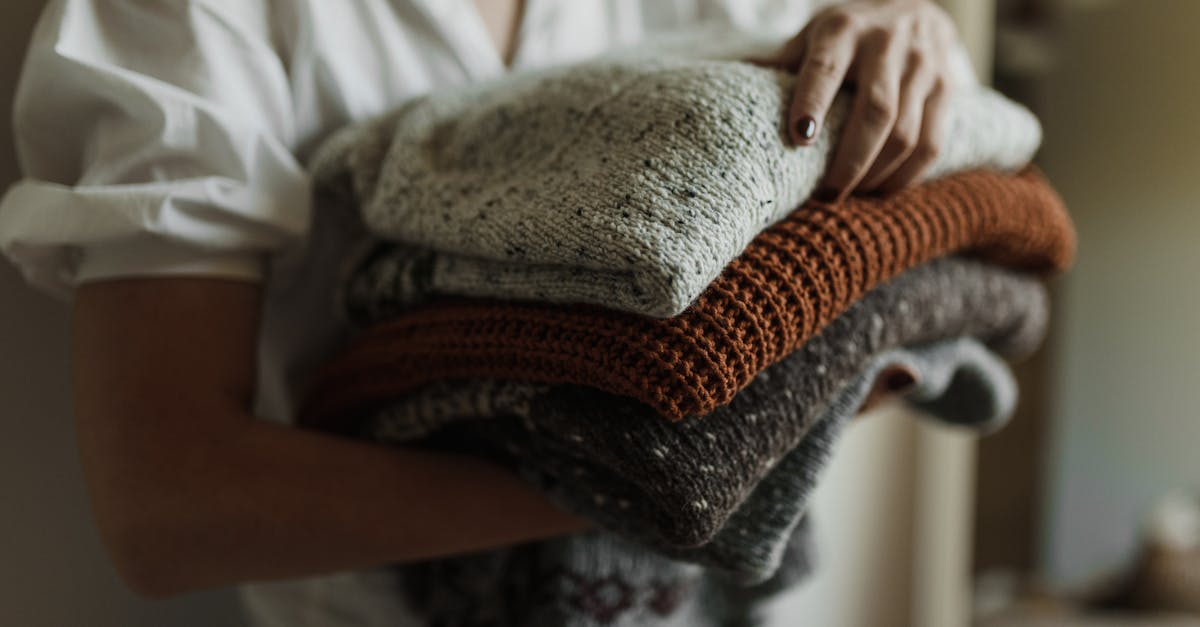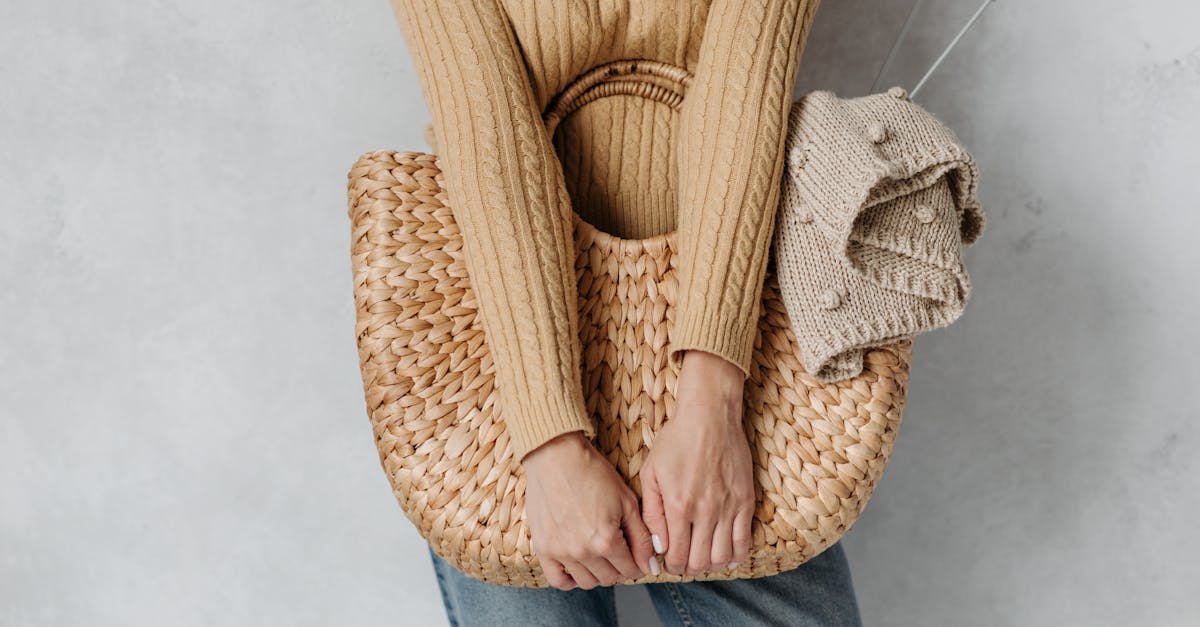Creating Depth: Layering Colors in Your Design focuses on enhancing interior spaces through effective color layering techniques. This article emphasizes the importance of a consistent color palette while encouraging the use of varying shades, tints, and tones to achieve depth. It provides practical tips for introducing pops of color in neutral rooms, utilizing analogous and complementary color schemes for different effects. Additionally, it suggests incorporating layered accessories and integrating lighting to elevate the overall aesthetic of a space. Mastering these techniques will result in a dynamic and inviting environment that reflects personal style.
Current Trends in House Painting and Remodeling
In the realm of home improvement, the art of house painting and remodeling has transcended mere aesthetics to become a vital element of a homeowner’s journey towards creating inviting and personalized spaces. Today, as homeowners seek to enhance their living environments, they are turning to innovative color schemes, cutting-edge materials, and creative techniques that not only beautify but also elevate the functionality of their homes.
From bold color palettes that breathe new life into walls to the resurgence of textural elements that add depth and intrigue, the current trends in painting and remodeling reflect a desire for authenticity and expression. The fusion of traditional styles with contemporary designs allows for versatile applications, catering to personal tastes while embracing modern sensibilities. As this dynamic landscape constantly evolves, understanding the latest trends can empower homeowners to transform their spaces into unique sanctuaries that resonate with their individual styles.

| Feature | Details |
|---|---|
| Base Color | Choose a neutral or soft base color to allow other colors to stand out. |
| Accent Shades | Incorporate bold accent shades to create focal points within the design. |
| Color Variations | Use variations of the same hue to add depth and richness to the space. |
| Contrasting Tones | Utilize contrasting tones to enhance interest and drama in your palette. |
| Layering Techniques | Apply paint in layers, allowing undercoats to show through for complexity. |
| Texture Integration | Combine colors with varied textures to enhance visual dimension. |
| Natural Elements | Add greenery or natural decor items to complement color choices and refresh the space. |
Current Trends in House Painting and Remodeling
The realm of house painting and remodeling is continuously evolving, reflecting the preferences and lifestyles of homeowners today. With a plethora of choices, from color selections to innovative materials and techniques, it’s essential to stay updated on the latest trends that can help enhance living spaces.
Popular Color Palettes
Color is undoubtedly one of the most stunning ways to make a significant impact in any room. Current trends emphasize earthy tones and bold colors that create warmth and personality. Some of the most sought-after color palettes include:
- Warm Neutrals: Shades of beige, taupe, and soft white serve as versatile backgrounds that allow other design elements to shine. These colors can create a sense of calm and spaciousness.
- Deep Greens and Blues: These rich tones evoke nature and tranquility, making them excellent choices for living rooms and bedrooms. They pair well with light-colored furniture and décor.
- Soft Pastels: Muted shades like blush pink, lavender, and sky blue are making a comeback. Their subtlety adds a dreamy quality to a space, perfect for nurseries or cozy nooks.
- Bold Accents: Vibrant hues like navy, mustard yellow, or fiery orange can be used as accent walls or in furniture pieces, creating striking focal points without overwhelming a room.
Choosing the right palette is not just about aesthetics; it’s also about the energy and mood you wish to evoke in the space. For instance, a warm neutral base can be brought to life with bright accent colors, striking a balance between tranquility and vibrancy. More details on trending color choices can be found at this link.
Texture Techniques in Painting
Texture adds depth and interest, transforming flat surfaces into visually stimulating experiences. There are several techniques that homeowners and professionals are embracing:
- Impasto: Applying thick layers of paint provides a three-dimensional quality that invites touch and engagement. This technique is perfect for creating dramatic landscapes or abstract designs.
- Dry Brushing: A dry brush technique can create a worn or rustic effect, ideal for achieving vintage looks. It’s a suitable method for distressing furniture or adding subtle variations to a wall.
- Palette Knife Work: Using palette knives not only produces sharp, defined edges but also allows for intricate patterns and layering, enriching the visual narrative of a piece.
- Mixed Media: Incorporating various materials, such as fabric or metallic finishes, can enhance a painting’s tactile experience. These elements can create surprising contrasts and attract visual interest.
Adding texture not only enhances aesthetic appeal but can also affect the overall perception of a space. For instance, textured walls may add coziness to a minimalistic setting, creating a warm environment.
Innovative Remodeling Materials
The choice of materials significantly impacts the overall outcome of remodeling projects. Current trends are leaning towards sustainable and innovative materials that reflect a commitment to both style and the environment. Some materials gaining popularity include:
- Reclaimed Wood: Not only does it add character and warmth, but it also tells a story. Reclaimed wood can be used for accent walls, furniture, or flooring, providing an eco-friendly option.
- Eco-friendly Paints: With a growing focus on sustainability, low-VOC and non-toxic paints are becoming mainstream, ensuring healthier indoor air quality.
- Durable Surfaces: Materials like quartz and recycled glass countertops combine beauty with functionality, offering durability and low maintenance for a busy kitchen or bathroom.
- Textured Wall Panels: These panels, available in various materials, can add instant depth to a space, creating an architectural interest without extensive remodeling.
Choosing innovative materials can rejuvenate old spaces and blend functionality with design, paving the way for more environmentally conscious home improvements.
Layering Techniques in Interior Design
Mastering the art of layering is essential for creating depth and visual interest in a room. This practice involves combining different textures, patterns, and colors harmoniously. Here’s how to effectively build layers:
Establishing a Strong Foundation
A solid foundation is the cornerstone of a well-layered design. Start with neutral wall colors or fundamental furniture pieces that can provide a blank canvas for additional layers. For example:
- Opting for a classic grey sofa allows for vibrant throw pillows and textured blankets, creating a balanced and inviting atmosphere.
- Choosing lightwood flooring sets the stage for varied rugs and furniture that can accentuate the room’s overall aesthetic.
Combining Textures
Incorporating diverse materials is an effective way to enrich the sensory experience of a room. Mixing and matching textures like smooth leathers, soft textiles, and natural woods can create an inviting environment. Consider:
- A plush velvet chair paired with a chunky knit blanket to create a cozy reading corner.
- A jute rug under a sleek glass table, adding warmth beneath modern lines.
Playing with Patterns
Patterns breathe life into a space but should be approached with confidence. Mix scales while maintaining a cohesive color palette to avoid visual chaos. Start with a dominant pattern and layer in smaller, complementary ones; for example:
- A bold striped curtain can create rhythm while soft floral cushions add a touch of nature.
- A geometric rug paired with subtle herringbone-patterned throws ensures dynamic visual conversation.
Accessorizing with Intent
Final accessories can tie a room together. Choose pieces that reflect personal style without overcrowding the space. Curate collections in odd numbers and vary heights to create balance. Ideas for effective accessorizing include:
- A stack of design books topped with a unique sculptural piece.
- A mix of vases in varying sizes, filled with seasonal flowers for freshness.
Mind Your Lighting
Lighting plays a pivotal role in enhancing the layered effect within a room. A well-thought-out lighting scheme can drastically alter the ambiance. Use a combination of ambient, task, and accent lighting to achieve optimal effects:
- A stunning pendant light can serve as a conversation piece while offering necessary illumination.
- Table lamps provide additional light sources for reading corners, cozying up a room beautifully.
Whether focusing on paint choice, layering techniques, or innovative materials, staying attuned to current trends opens the door to creating inviting, stylish, and functional spaces. For more about chic paint selections, visit this resource to draw inspiration and enhance your remodeling journey.

Transform Your Space Today!
Ready to elevate your home with stunning painting and remodeling services? Contact us to discover how our expert team can help you create the beautiful, inviting space you’ve always dreamed of. Enjoy personalized consultations and tailored solutions that enhance the value and style of your home.
Current Trends in Painting and Home Remodeling
Popular Color Palettes
- Earthy Tones: Shades like terracotta, olive green, and muted browns create a warm and inviting atmosphere.
- Bold Accents: Vibrant colors such as cobalt blue or emerald green are used to add striking focal points.
- Soft Neutrals: Whites, creams, and greys provide a clean backdrop and flexibility for decor changes.
- Pastel Hues: Soft pinks, blues, and yellows are emerging as trendy choices for a gentle, calming vibe.
Innovative Techniques
- Textured Wall Finishes: Incorporating techniques like stucco or Venetian plaster adds depth and character to walls.
- Two-Tone Walls: This involves painting the upper and lower halves of a wall in different colors for dramatic effect.
- Color Blocking: Utilizing contrasting colors in blocks creates a modern, artistic look on walls.
Room-Specific Tips
- Open Concept Spaces: Use cohesive colors across large areas to enhance the flow and unity of open layouts. Explore guidelines for open concepts.
- Kitchen Updates: Refresh cabinetry with bold colors or metallic finishes to modernize the space.
- Bedroom Sanctuaries: Choose tranquil colors and soft textures to create a calming retreat.
Current Home Remodeling Trends
- Sustainable Materials: Increasing use of eco-friendly paints and recycled materials for remodeling projects.
- Smart Home Features: Integrating technology into design for energy efficiency and convenience.
- Multi-Functional Spaces: Designing rooms that serve multiple purposes to maximize space utilization.
Layering Techniques for Depth
- Combining Textures: Use a mix of materials like wood, metal, and fabrics to create a dynamic and inviting space.
- Playing with Patterns: Introduce various patterns in a cohesive color scheme to bring energy into the room.
- Accessorizing Thoughtfully: Incorporate decorative items that reflect personal style while avoiding clutter. Group items in odd numbers for visual interest.
- Lighting as a Layer: Utilize different lighting sources—ambient, task, and accent—to enhance the overall atmosphere.
Frequently asked questions
Glossary of Key Terms Related to House Painting and Remodeling Trends
- Texture
- The surface quality of a material or artwork, which can be felt (tactile) or seen (visual).
- Layering
- The technique of combining different materials, colors, and textures to enhance depth and visual interest in a space.
- Color Palette
- A set of colors used in design that complements each other and creates a cohesive look throughout a space.
- Neutral Tones
- Colors that are understated and versatile, such as beige, gray, and white, often used as a base in room design.
- Accent Color
- A bold color used sparingly to draw attention to certain features or areas in a room.
- Pattern Mixing
- The creative process of combining two or more patterns in a harmonious way to create visual appeal.
- Ambient Lighting
- The general illumination in a room, providing a base level of light for various activities.
- Focal Point
- The main feature or area of interest in a room, often highlighted through design elements like color or texture.
- Accessories
- Decorative items used to enhance a space’s aesthetic, including vases, books, and artwork.
- Visual Balance
- The arrangement of elements in a space that creates a sense of equilibrium and harmony in the overall design.
Creating depth through layering colors in your design is essential for enhancing the visual appeal and emotional impact of a space. By understanding how to effectively combine textures, patterns, and colors, you can transform any room into a harmonious and engaging environment. Embrace the art of layering to reflect your unique style, invite warmth, and create an atmosphere that resonates with both you and your guests. Begin experimenting with these principles today to elevate your home design and create a space that feels inviting and beautifully curated.
Choose a Cohesive Color Palette
Start with a consistent color palette that resonates with the mood you wish to create in your space. Selecting a few key colors and their shades will allow you to layer without overwhelming the design.
- Select 2-4 dominant colors as your base.
- Incorporate hues in varying shades to create depth.
- Use colors that complement each other on the color wheel for a harmonious look.
Leverage Color Pops
In otherwise neutral spaces, it’s effective to introduce pops of color to create focus and interest. This can be achieved through furniture, artwork, or decor items.
- Add bold, colorful throw pillows on a beige couch.
- Use statement chairs in vibrant hues to draw attention.
- Consider colorful vases or framed art to invigorate shelves or mantels.
Experiment with Analogous and Complementary Colors
Mixing analogous colors (colors next to each other on the color wheel) promotes a smooth and serene atmosphere, while complementary colors (opposite on the color wheel) add energy.
- Create a serene corner with blue, teal, and green accessories.
- Use bold opposites like red and green to create a striking focal point.
- Balance strong colors with neutral backgrounds for a more sophisticated look.
Layering Techniques for Enhanced Depth
Utilize various layering techniques to enrich your color scheme. This can be done through textiles, wall paint, and decor choices.
- Layer different paint finishes (e.g., matte and glossy) to create visual dynamics.
- Incorporate textured materials like fabrics and rugs in multiple colors for depth.
- Use accessories with different shades to create depth in smaller displays.
Transform Your Home with Expert Painting and Remodeling
Unlock the potential of your space with our professional services. From fresh coats of paint to stunning remodels, we create environments that inspire and captivate. Let us help you realize your vision and elevate your home’s beauty and functionality.
Sophia Torres is the creative mind behind the most dazzling transformations at TS Painting & Restoration. With a strong background in interior design and a deep passion for tropical color palettes, she has helped hundreds of clients revitalize their spaces into vibrant and inviting environments. Born in Colombia and raised in Florida, Sophia brings a unique perspective to her work, blending Latin American influences with modern design trends.
Sophia’s vision of color goes beyond the conventional. She is known for her ability to create bold and unexpected combinations that reflect Florida’s natural beauty. Her focus on color psychology and strategic use of tones allows her to transform any environment, making each project a showcase of her clients’ personal style. On her blog, she shares practical tips on how to choose colors that not only beautify but also enhance emotional well-being and create harmony in the home.
When not working, Sophia enjoys exploring art galleries, experimenting with DIY projects, and finding inspiration in Florida’s lush landscapes. For her, design isn’t just about aesthetics; it’s about creating spaces that tell a story, reflect the identity of those who live there, and evoke positive emotions. At TS Painting & Restoration, Sophia is committed to helping homeowners discover how colors can transform their homes into true havens of tranquility and beauty.


